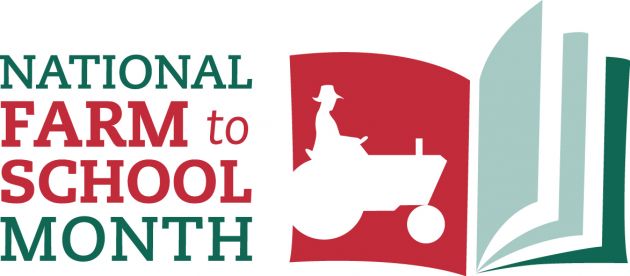
Fresher foods taste better. Less processed foods yield a higher nutritional value. Buying from nearby producers supports the local economy. Introducing youth to fresh, minimally processed foods helps establish healthier habits early. These are the premises for the farm-to-school movement, which has grown from near non-existence in 2011 to a common practice today.
The farm-to-school movement benefits more than the students (from our view, they're the most important of all!), including local farmers, ranchers, fisheries, processors and your local economy. Money spent in your community, stays in your community.
Farm-to-school learning
In addition to delivering fresher foods and better tasting meals, farm-to-school supports student learning. Students are taught about the food chain, the science behind planting and harvesting, the economic advantages of buying local and, of course, the nutritional value of healthful foods.
School gardens, which bring farm-fresh produce as close as possible to schools, are gaining in popularity as both teaching tools, and sources of fresh herbs and produce for school meals. These generally modest-sized gardens bring classroom teaching to life for students who marvel in watching seeds sprout into food.
With October designated National Farm-to-School Month, it's the perfect time to shine a spotlight on how your foodservice program incorporates farm-to-school foods and learning to engage with students.
Many government agencies and nonprofit organizations provide special toolkits, classroom activities and curricula that you may want to use in your buildings in October. Some ideas we've come across:
More ideas are available at:
National Farm to School Month fact sheet
National Farm to School Network website
National Farm to School Network resource library
USDA Farm to School Planning Kit
USDA Webinar: Planning for Farm to School Success; Tying It All Together and Digging In
Most states encourage farm-to-school by providing suggested activities for students, school resources, and guidance on procuring locally produced foods. Check with your state agency governing school nutrition programs to see what may be available to support your efforts.
Farm-to-School Month may just be one month a year but teaching students about healthy eating, the benefits of fresh foods grown nearby, and supporting the local economy are more than an observation on the calendar. Farm-to-school is a year-round effort.
(C) 2017 NutriStudents K-12